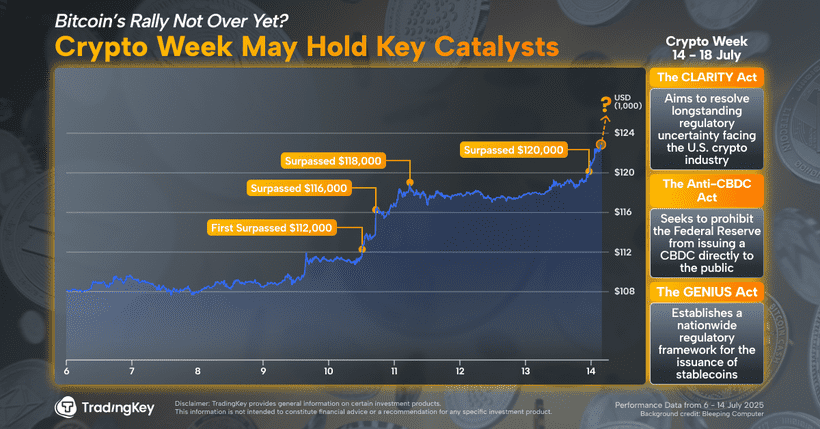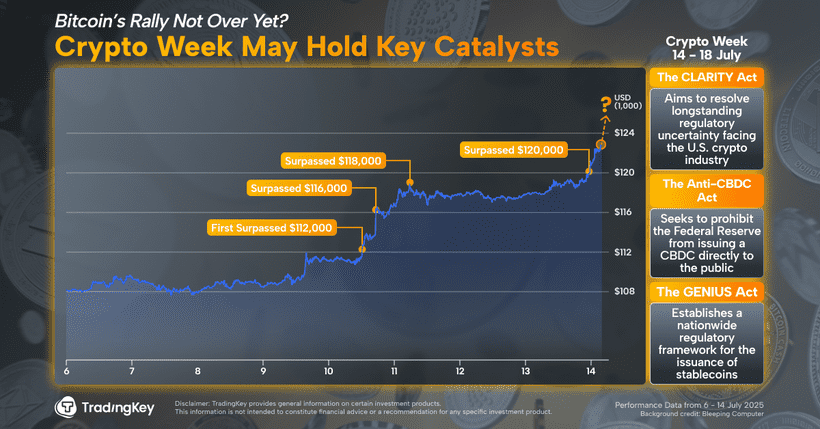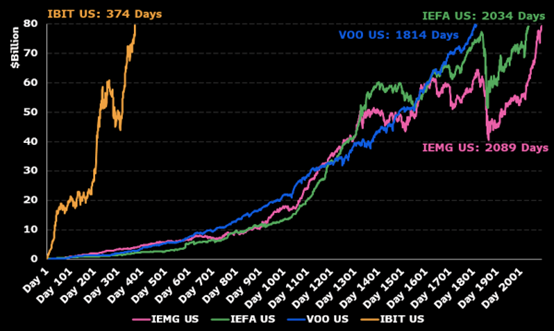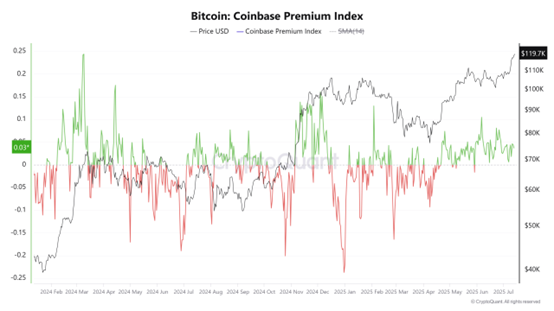Bitcoin’s Rally Not Over Yet? Crypto Week May Hold Key Catalysts


TradingKey - Bitcoin dropped back below $120,000 during Tuesday’s session, but after notching several new all-time highs in recent days, investors still see the pullback as a temporary pause—not a reversal.
One major catalyst this week comes from Washington. Lawmakers are gearing up for what's been dubbed “Crypto Week,” with the U.S. House of Representatives set to vote on three key crypto-related bills: the CLARITY Act, the anti-CBDC Surveillance State Act, and the GENIUS Act.
Of the three, the CLARITY Act is drawing the most attention from investors. Its goal is to bring long-awaited structure to how different types of digital assets are classified and regulated in the U.S.—a regulatory grey zone that’s held back institutional investment for years.
As Bitwise CIO Matt Hougan put it on X: "The big impact of 'Crypto Week' legislation will be reduced risk and downside volatility in the crypto market.”
Why Stablecoins Are Gaining Attention
For investors who find crypto’s volatility off-putting, stablecoins—designed to maintain a 1:1 peg to the U.S. dollar—are becoming an increasingly attractive entry point.
The GENIUS Act, for example, would allow private companies to issue stablecoins, opening the floodgates to more corporate involvement. Big retail names like Walmart (WMT) and Amazon (AMZN) are reportedly exploring stablecoin-based payment options for their platforms.
Wider adoption by companies like these could significantly disrupt the existing payments ecosystem. Experts note that stablecoins could help Amazon or Walmart bypass costly credit card networks—potentially saving billions in fees currently paid to Visa (V) and Mastercard (MA).
Also on the table this week: the anti-CBDC bill, designed to prevent the Federal Reserve from launching a central bank digital currency (CBDC) that critics say could threaten financial privacy and give the government undue control over personal finances.

It’s Institutions Leading the Charge
Unlike earlier crypto rallies driven by retail euphoria, this cycle appears to be led by institutional capital. Case in point: strategy firm Strategy added 4,225 BTC to its existing holdings on Monday, bringing its total to over 601,000 coins—a massive statement of confidence at these prices.
The ETF market is also booming. From July 10–11, spot Bitcoin ETFs recorded more than $1 billion in daily inflows for two straight days—a new milestone. That kind of volume hasn’t been seen since Bitcoin ETFs first launched back in January.
BlackRock’s iShares Bitcoin Trust (IBIT) is leading the charge, with assets under management topping $80 billion. According to Bloomberg’s Eric Balchunas, IBIT reached that mark in just 374 days—shattering the previous record set by Vanguard’s S&P 500 ETF (VOO), which took five years.

On-Chain Data, Technical Signals Point to Healthy Demand
Whales and long-term holders are clearly not exiting the market at these levels. According to on-chain data from Glassnode, large wallets are accumulating—not selling—suggesting deep-pocketed investors are viewing this as a strong accumulation phase rather than a top.
Tech indicators are also flashing bullish. The Coinbase Premium Index—which tracks price differences between U.S.-based Coinbase and global exchanges like Binance—has stayed consistently positive for the past two months, indicating steady U.S. buying interest.

Analysts at Cointelegraph say 132,000–132,000–138,000 is the next resistance range to watch, but Bitcoin has already broken out of a long-term downward trend line that’s held since 2018. That kind of breach is often seen as a major technical breakout—especially when paired with a bullish flag pattern forming on price charts.
Wall Street Forecasts Keep Climbing
Across the board, institutions are turning more bullish on Bitcoin. While near-term targets vary, one theme is consistent: unless there’s a major macro shock, Bitcoin appears poised for further upside in this cycle.
Standard Chartered has been one of the most outspoken bulls. In an April note, Head of Crypto Research Geoff Kendrick laid out a scenario where Bitcoin first reclaims 100,000beforehitting100,000beforehitting200,000 by the end of 2025. His longer-term view sees Bitcoin climbing to $500,000 by 2028, calling it a modern alternative to gold in times of global uncertainty.
Cathie Wood’s ARK Invest remains just as optimistic. The firm’s base-case scenario projects Bitcoin reaching 1.2millionpercoinby2030—andupto1.2millionpercoinby2030—andupto2.4 million in a high-adoption environment. Its model takes into account rising use cases from global payments to institutional portfolio diversification, assuming Bitcoin’s continued evolution into a mainstream asset class.
Bernstein recently joined the six-figure camp with a detailed “Bitcoin Black Paper,” authored by analyst Gautam Chhugani. The firm expects Bitcoin to reach $200,000 by year-end 2025—a view they describe as “conservative but compelling.” The thesis rests on Bitcoin's fixed supply, growing institutional adoption, rising fears of sovereign debt risk, and inflation concerns.








